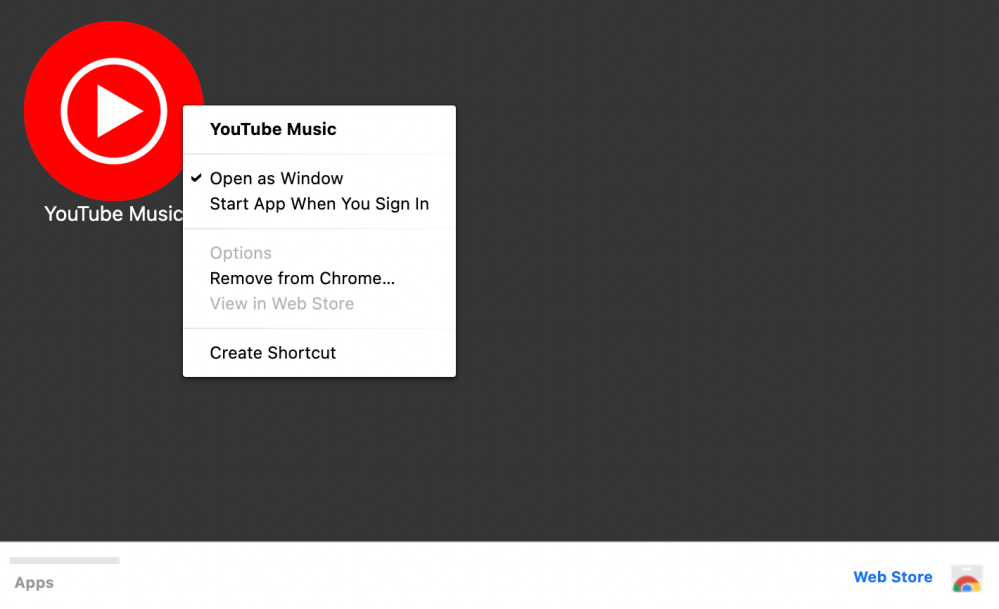
Following version 90’s release on Android, Mac, Windows, and Linux, the next release of Google’s browser is rolling out. Chrome 91 is here with a handful of features for Android including updated form controls and desktop sites on tablets.
When Tab Groups are collapsed to take up less space, Chrome 91 will freeze those pages to free up system resources. There are exemptions for tabs that play audio, hold a web or IndexedDB lock, capture video, audio, window or display, are connected to a USB device, or being mirrored.
Progressive Web Apps can start automatically when users log into their OS/account. You will be able to configure which PWAs behave this way from the chrome://apps page. Right-click on your desired PWA for “Start App When You Sign In.” If the capability is not yet live, enable this flag:
chrome://flags/#enable-desktop-pwas-run-on-os-login

Chrome on Android tablets now requests the desktop versions of sites rather than the mobile variant if the screen size is large enough. Smaller tablets will continue to request the phone version.
chrome://flags/#request-desktop-site-for-tablets
Last year, Google and Microsoft collaborated to modernize the appearance of checkboxes, text fields, buttons, select menus, and other form controls. Following a desktop launch with version 83, Chrome 91 brings this refresh to Android. It aids accessibility and touch interaction by increasing targets while adding support for automatically darkening scrollbars and other visual elements alongside the system. In the gallery below, Chrome 90 is on the left and version 91 on the right.




Version 91 will update how Chrome renders tables on web pages. This will bring Chrome in line with other browsers and fix known issues. More details are available here.
Following other platforms, Chrome 91 for iOS will warn users if they enter saved passwords on a known phishing site.
If enabled, Enhanced Safe Browsing will send the referrers of suspicious websites to Google and give users the option to send downloads to the company for deeper scanning if existing safety checks are inconclusive. Google Account-tied tokens are added to various phishing detection pings to provide better protection and reduce false positives.
As part of the ongoing rollout, users that visit Privacy Sandbox settings (chrome://settings/privacySandbox) may be surveyed about the experience.
DNS over HTTPS (DoH) is now available on Linux after launching on Android and other browsers last year.
Chrome will be able to fill passwords saved to domains associated/affiliated with and supporting Digital Asset Links (DALs).
As part of work to prevent fingerprinting, Chrome will partition many network objects by topmost frame domain and iframe domain. These objects are usually shared globally for performance, but only a minor impact is expected from this change. More details are available here.
When communicating with certain domains, Google will start supporting the CECPQ2 post-quantum key-agreement mechanism in TLS which results in a larger handshake message. It comes as quantum computers can break encryption moving forward.
In Chrome 91, iframes with different origins will be unable to trigger Javascript dialogs. This is meant to prevent embedded content from spoofing users into believing a message is coming from the current website or Chrome itself.
Author: Abner Li
Source: 9TO5Google



